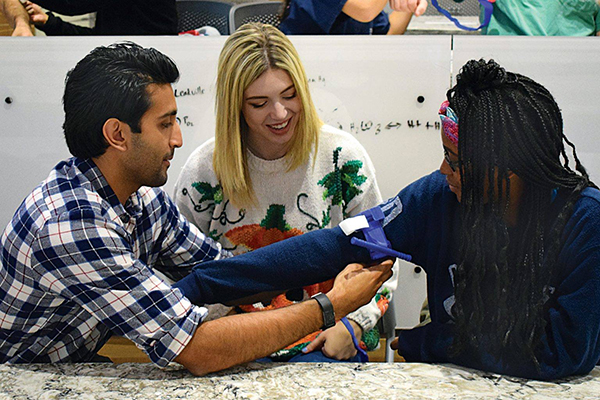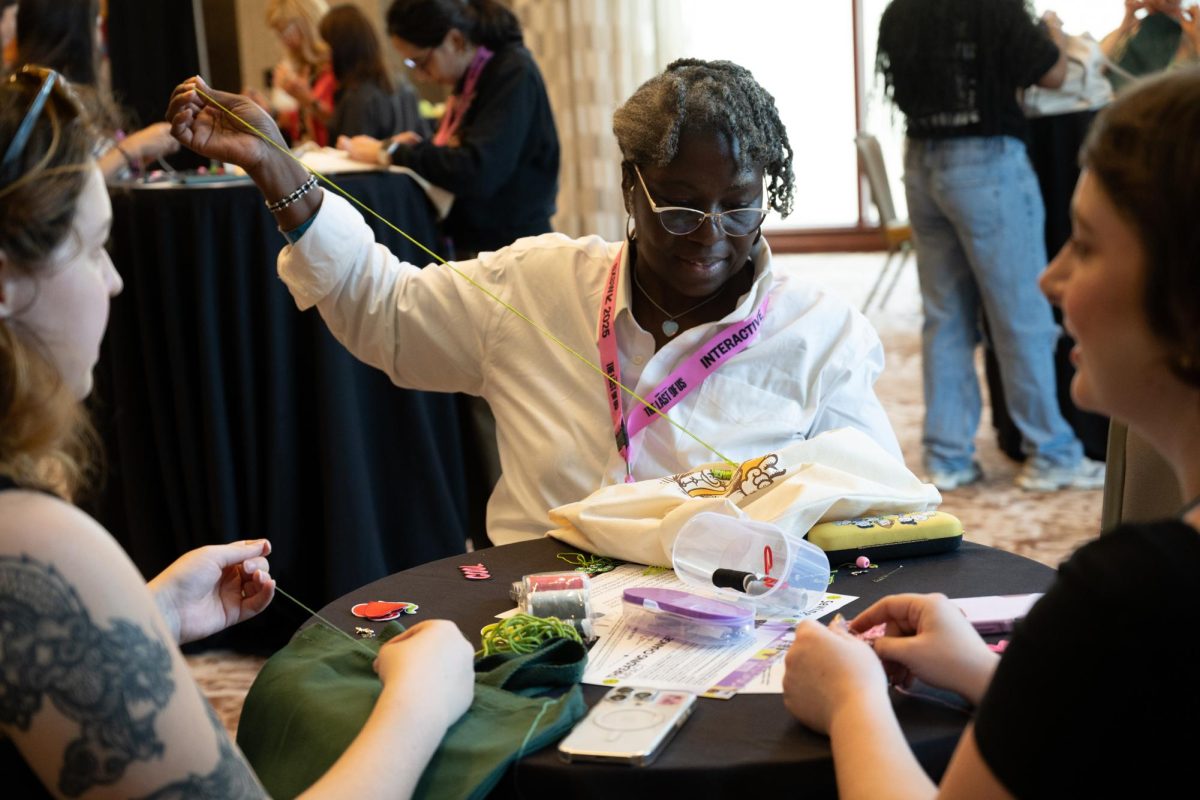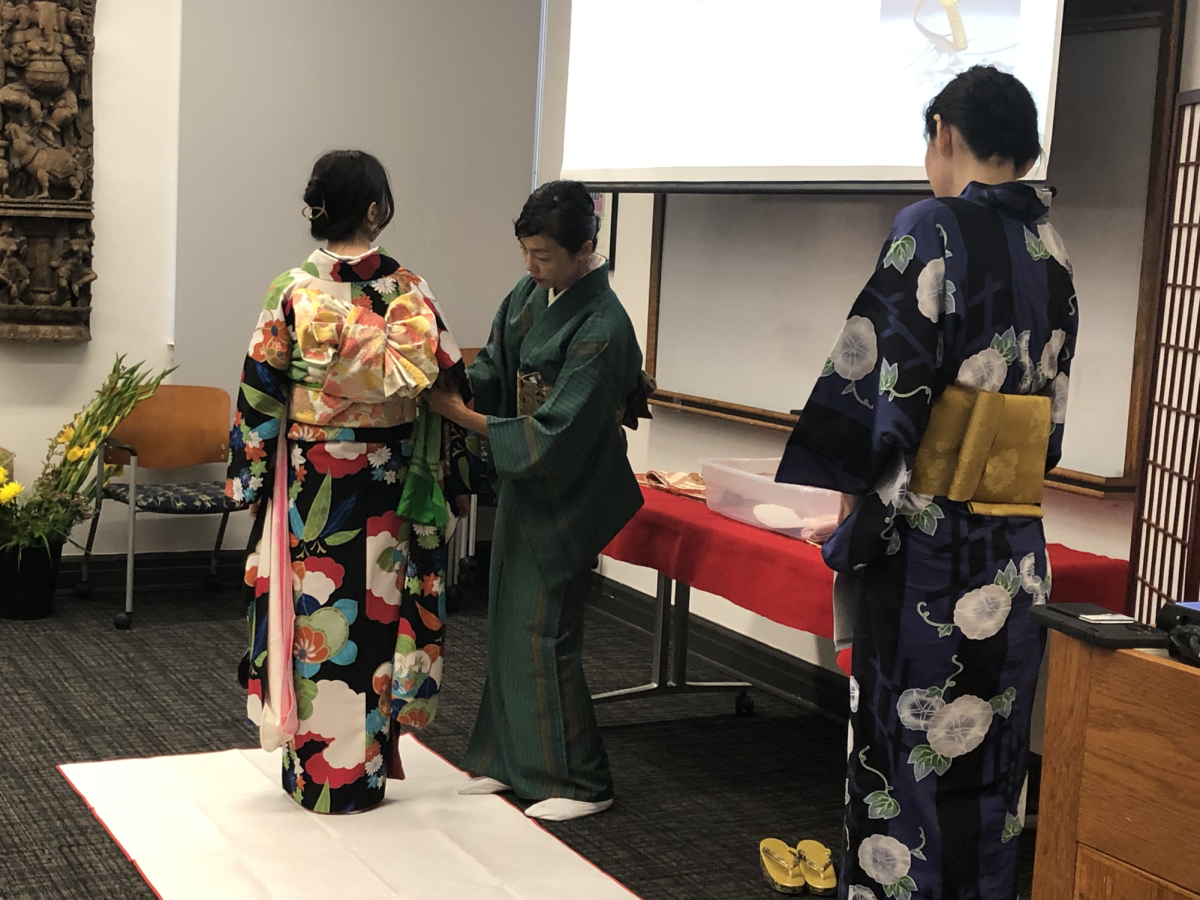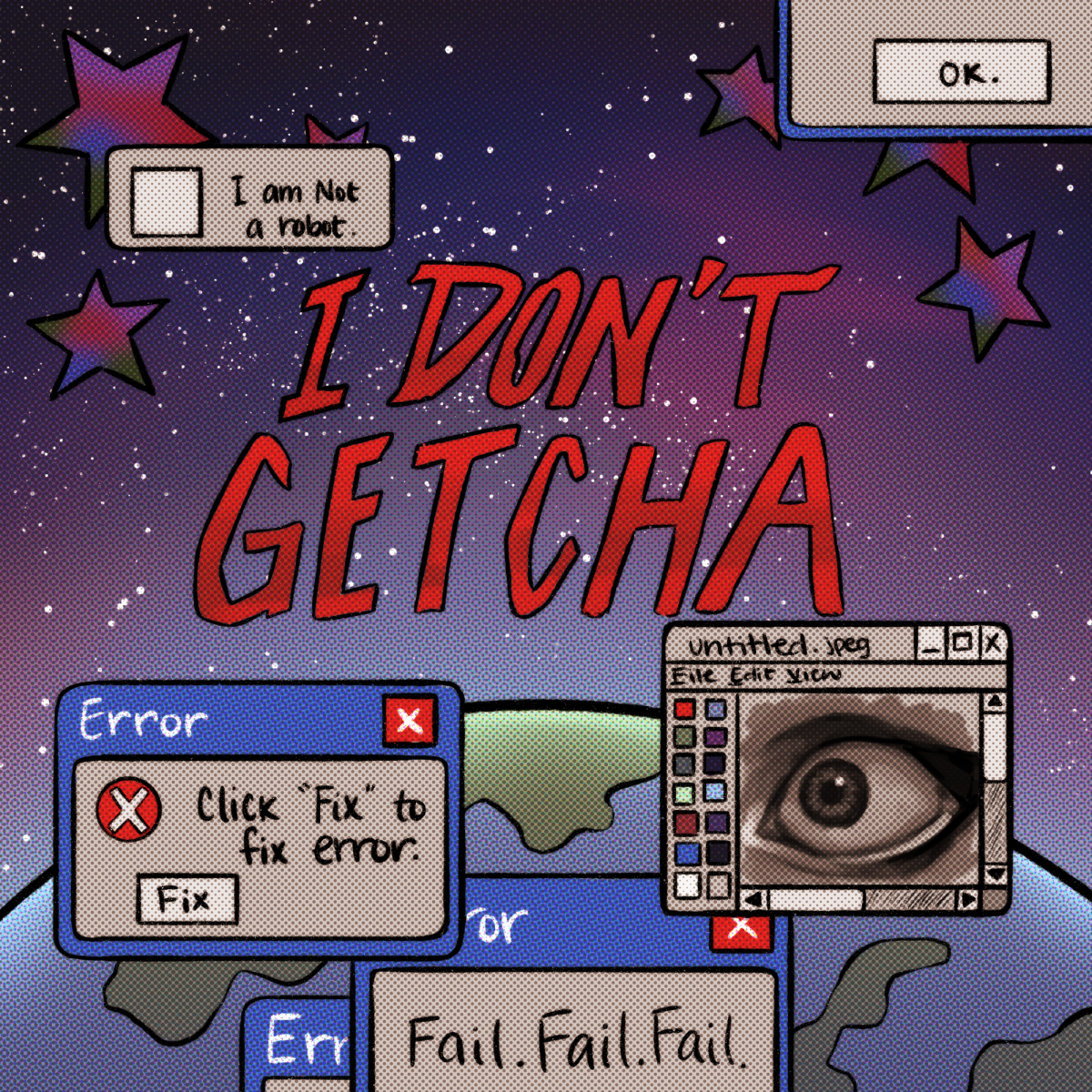Instead of using a mannequin, Brian Burpo wrapped his roommate’s leg with a tourniquet to practice applying pressure to a wound during a virtual Stop the Bleed class.
“The virtual training was highly effective,” pharmacy student Burpo said. “Even though it lacked (the typical) hands-on experience, the goal is gaining knowledge that could impact how you are able to conduct care and maybe even save a life.”
Stop the Bleed is a nationwide nonprofit started by The American College of Surgeons. Their goal is to provide the public with the skills to intervene if someone nearby is severely bleeding.
Burpo is the community outreach chair for the UT chapter of the National Community Pharmacists Association. He said he enrolled the organization in a virtual class.
“Everyone was highly engaged,” Burpo said. “Some (students) brought their own mannequins or tourniquets to practice on, others asked questions and just observed. Either way, it was very educational, and we learned skills that are beneficial to everyone in the community.”
After the on-campus stabbing of Harrison Brown in 2017, UT alumna Claire Zagorski started UT’s chapter of Stop the Bleed.
“You can think of (Stop the Bleed) kind of like CPR,” said Zagorski, program coordinator and harm reduction instructor at the College of Pharmacy. “We want every potential bystander to be equipped with this information about trauma response.
This semester, Stop the Bleed is focusing on new initiatives to evaluate and expand the program.
David Wu, director of Longhorn Stop the Bleed, said the overall goal is to increase accessibility for all members of the public to acquire the knowledge necessary to stop severe bleeding.
The organization is working alongside faculty from Texas School for the Deaf and the Texas School for the Blind and Visually Impaired to create a class specifically for the deaf, hard of hearing and blind communities.
“We're working with the faculty so that we can see what barriers we aren’t thinking of to make the class as accessible as possible,” Zargoski said.
Wu said they are also planning to conduct research to gauge retention levels among those who have taken the class.
“We have the time to create initiatives that branch off our key message to help better serve the community,” Wu said.
In the spring, Stop the Bleed plans to host a scavenger hunt with automatic external defibrillators and trauma kits. In each UT building, there is a bleeding emergency kit and an AED, which delivers an electric shock to restore a victim’s normal heart rhythm. The goal of this initiative is to raise awareness of AED locations.
Zagorski said Stop the Bleed usually offers two free 90-minute public classes a month for students and the Austin community. They also teach classes for schools, churches, campus organizations and offer private workshops.
Classes are typically held in person so participants can have hands-on experience practicing how to apply a tourniquet and stuff wounds with gauze.
Zagorski said all in-person classes have been postponed until the spring. Remote classes are available for organizations upon request, but participants won’t be certified due to the lack of hands-on experience.
“It’s annoying that (these skills) don’t lend well to Zoom instruction because they’re … critical skills,” Zagorski said. “It’s just one of those things you need to do a couple of times before it makes sense.”





















